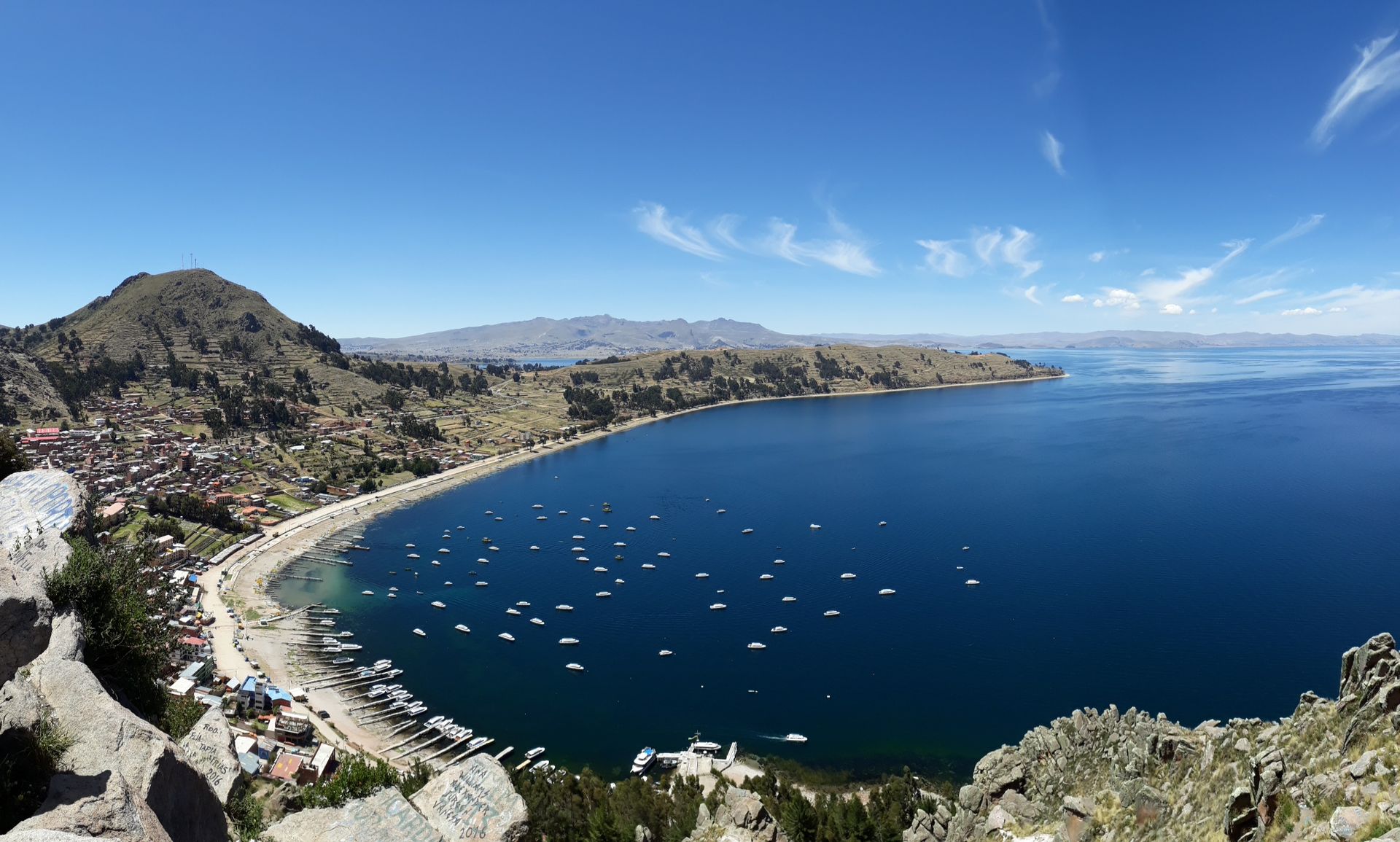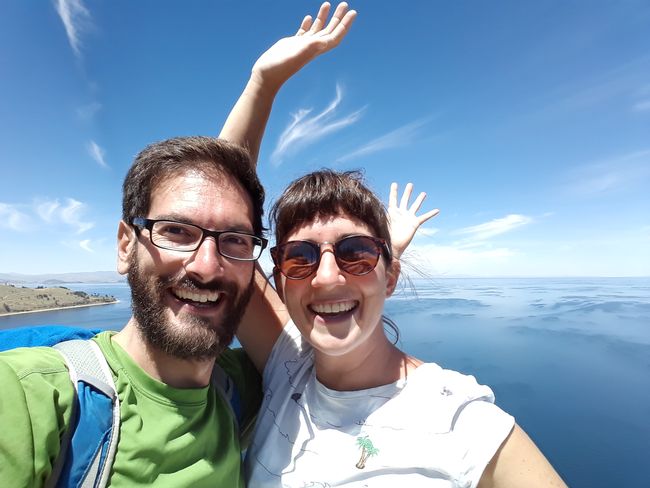Bolivia - Santa Cruz, Cochabamba and/y Mollesnejta
פֿאַרעפֿנטלעכט: 21.11.2017
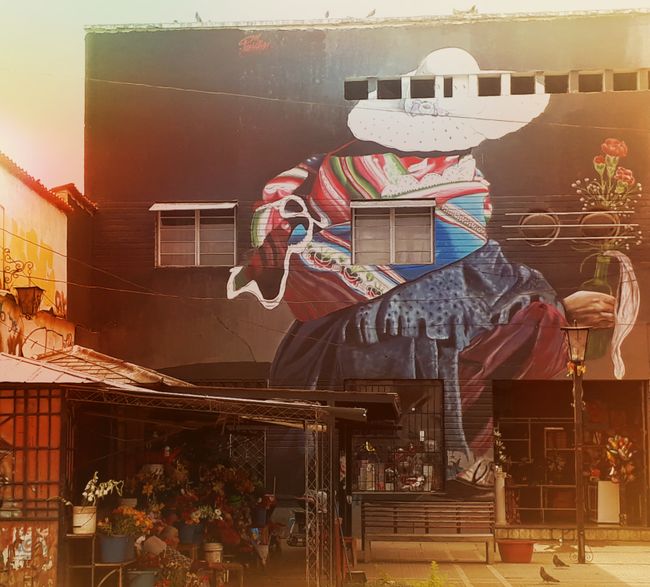

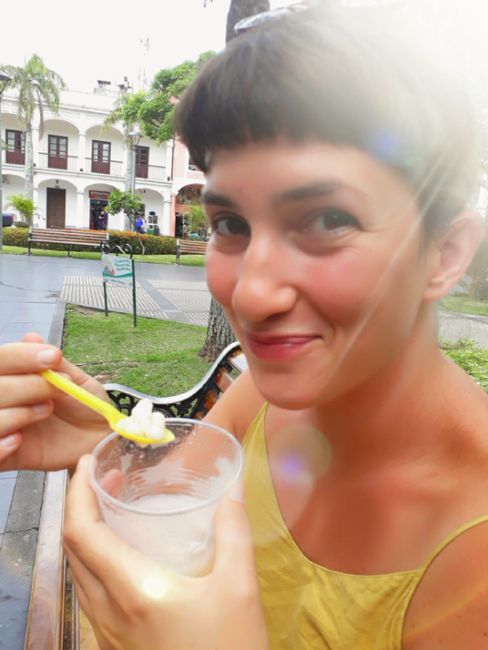
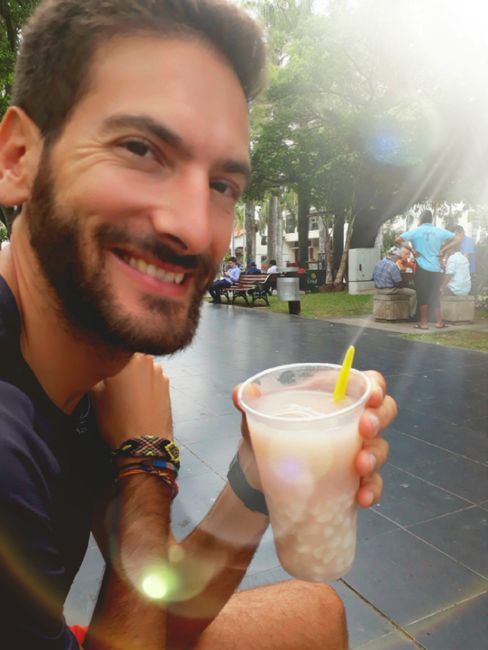
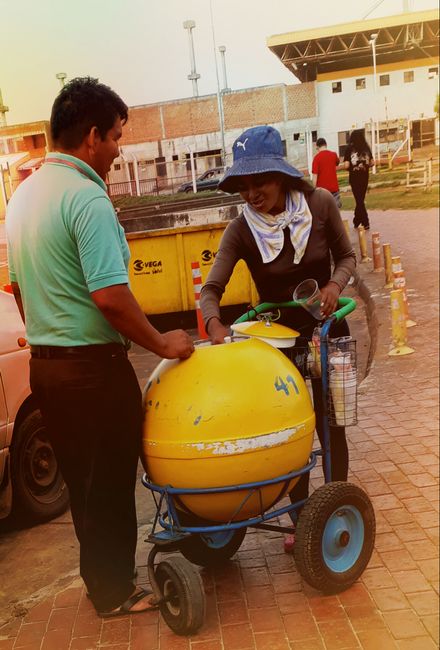
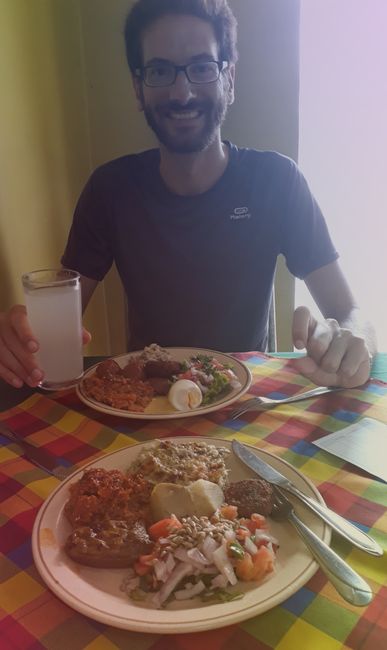
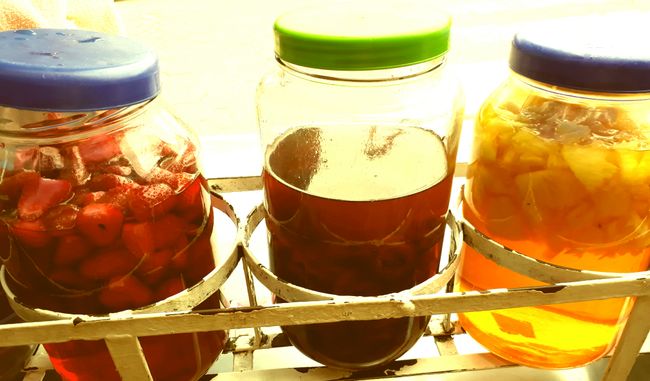
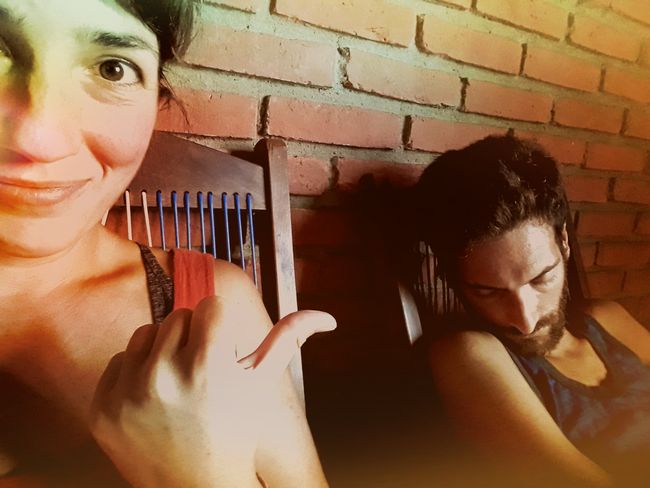
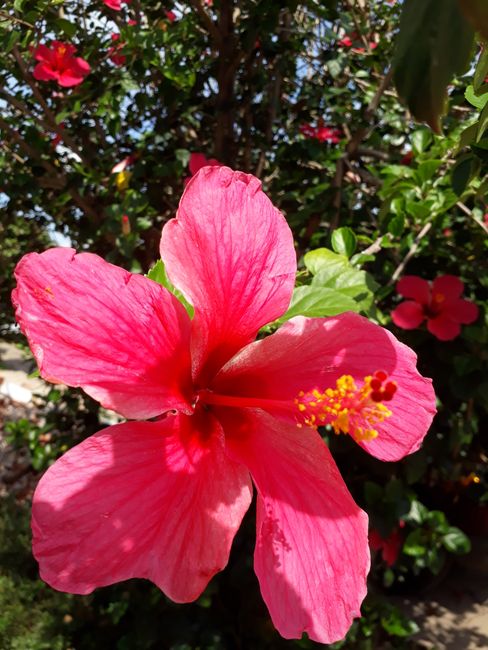
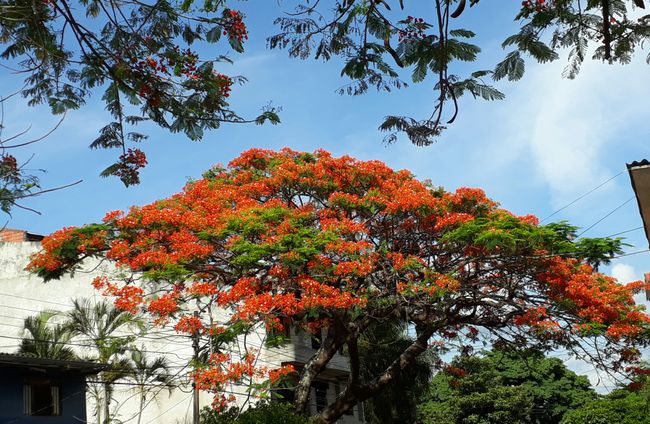
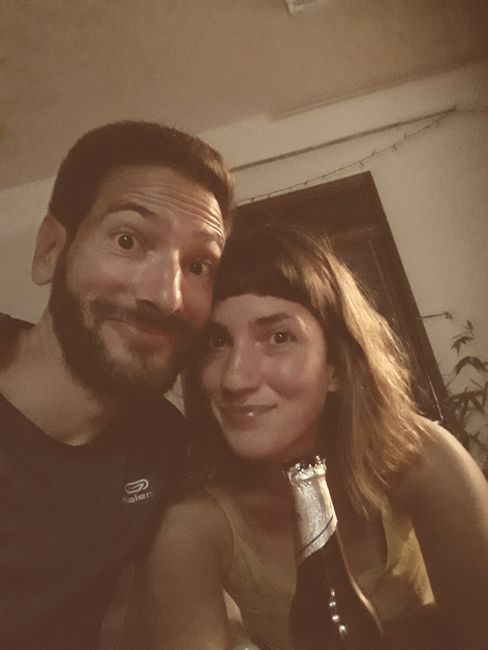
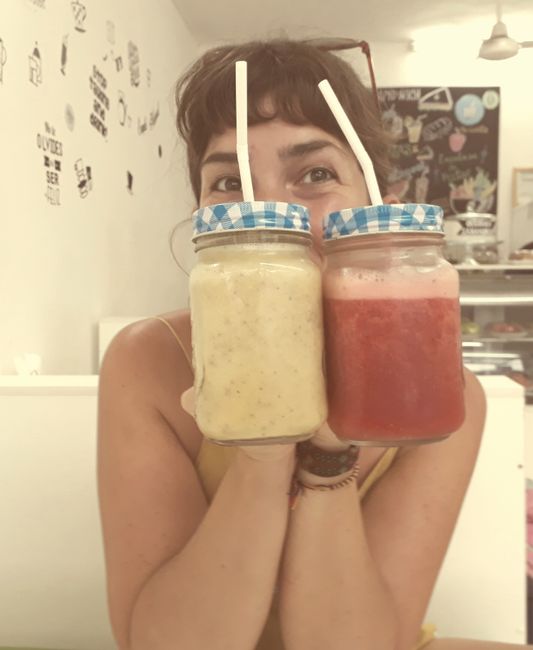
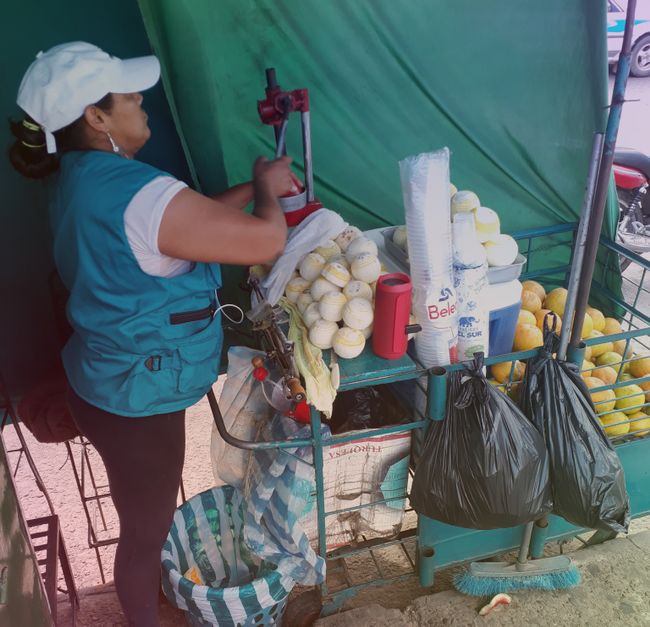
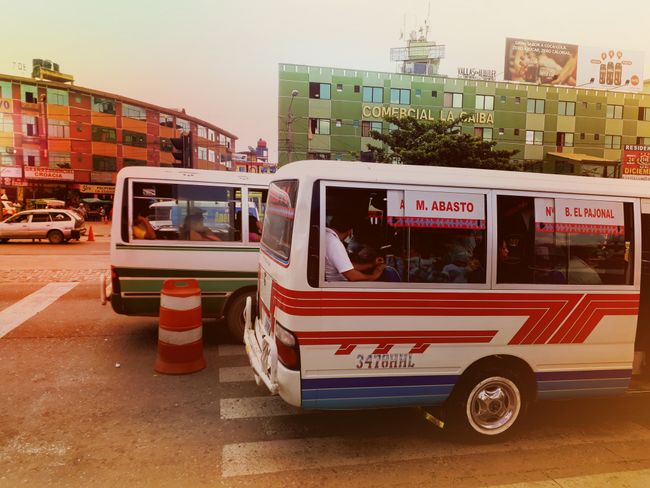
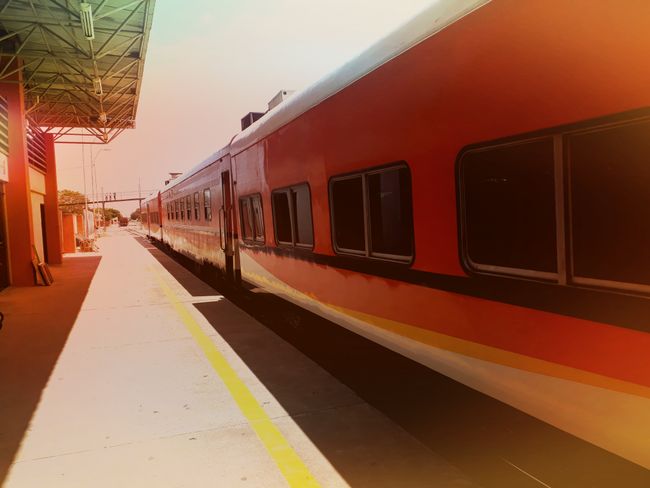
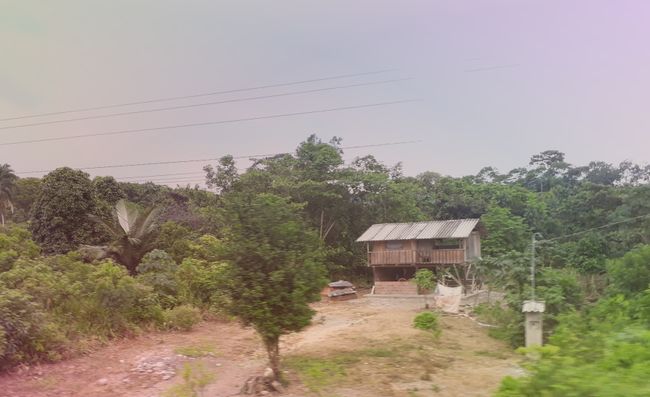
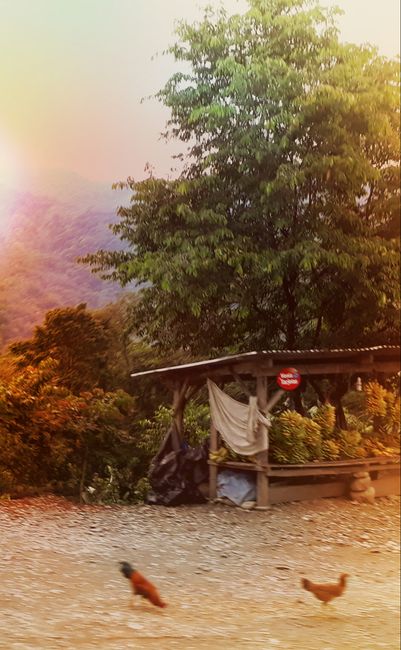
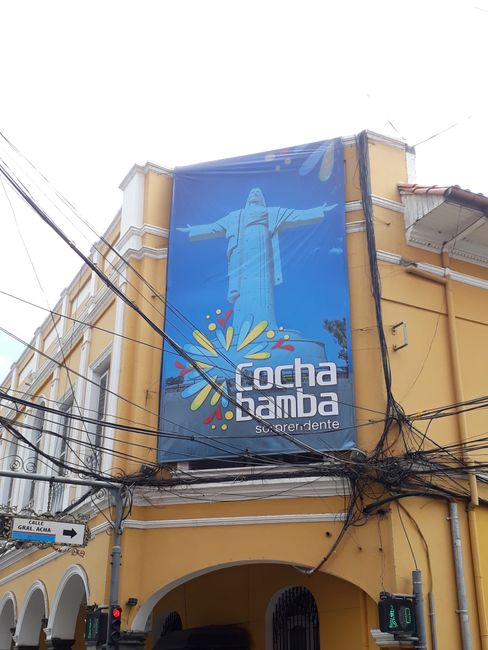
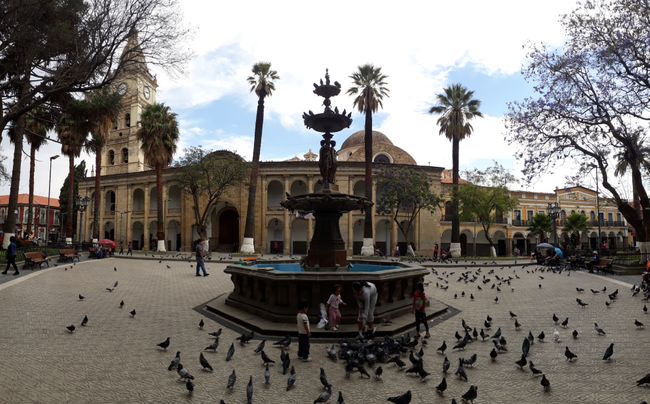

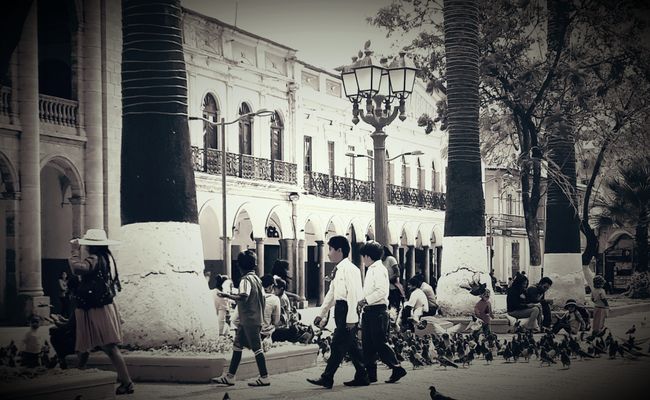
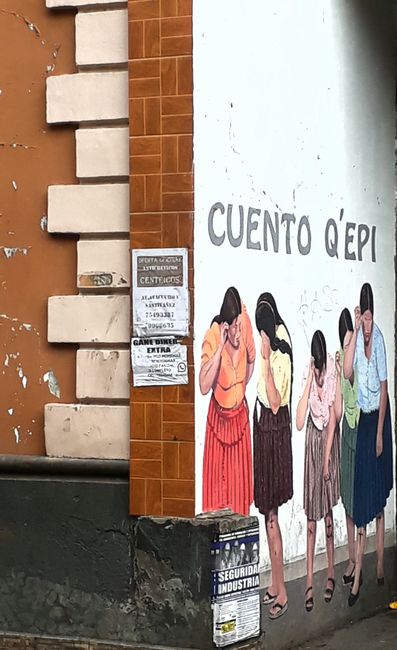
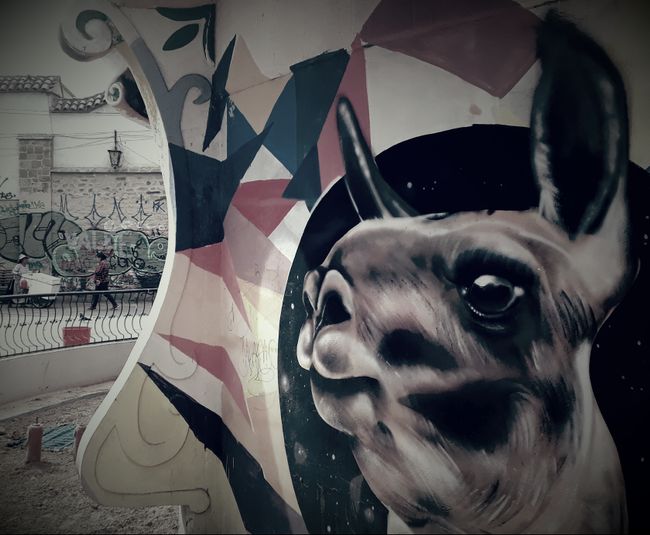
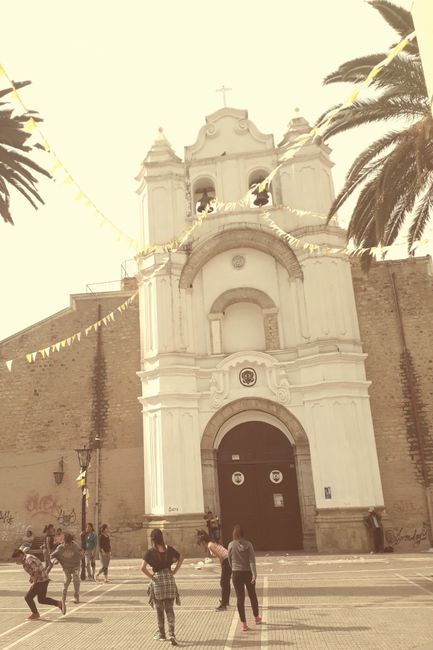
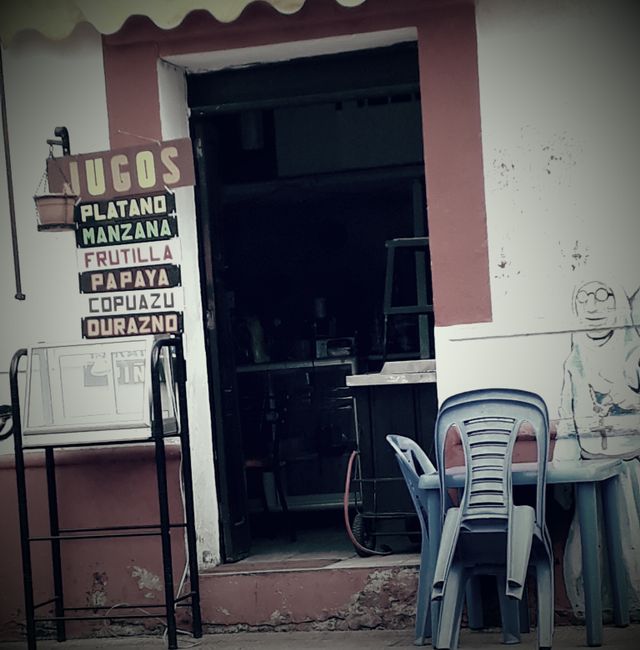
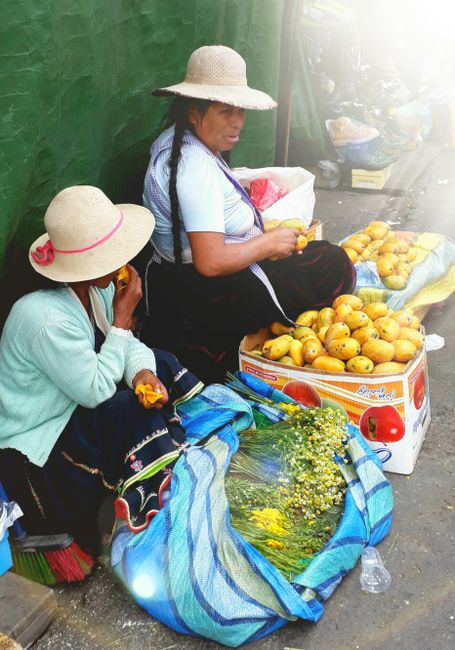
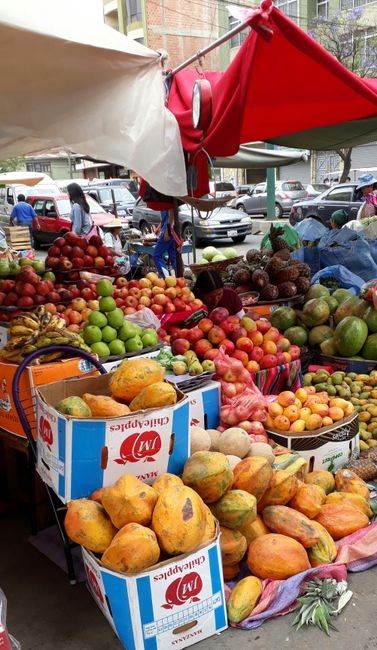
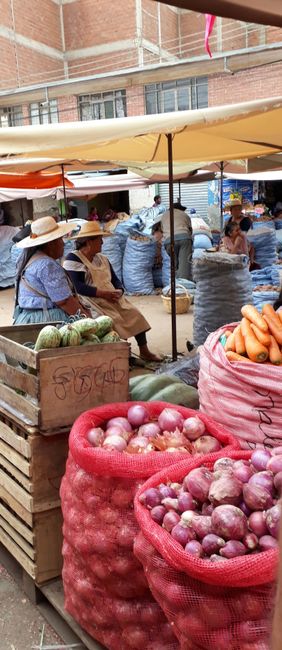
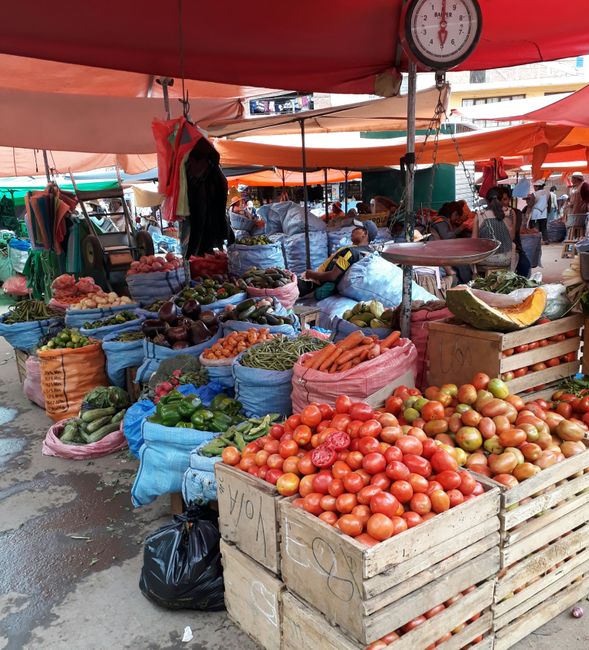
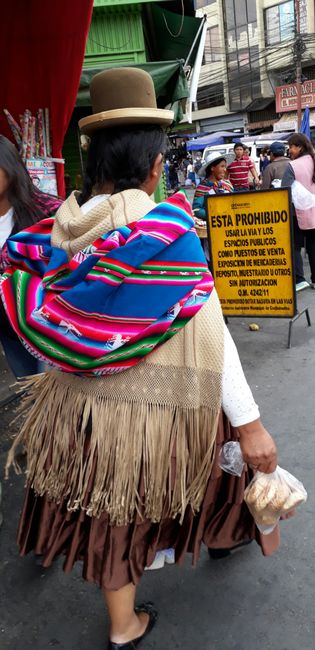
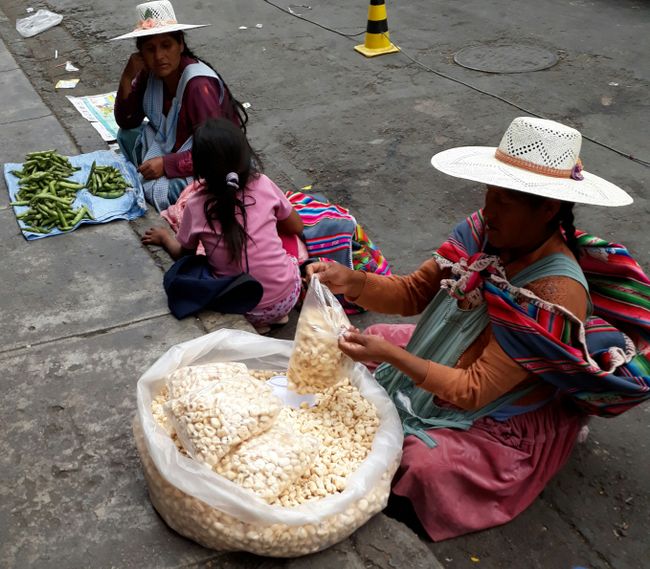
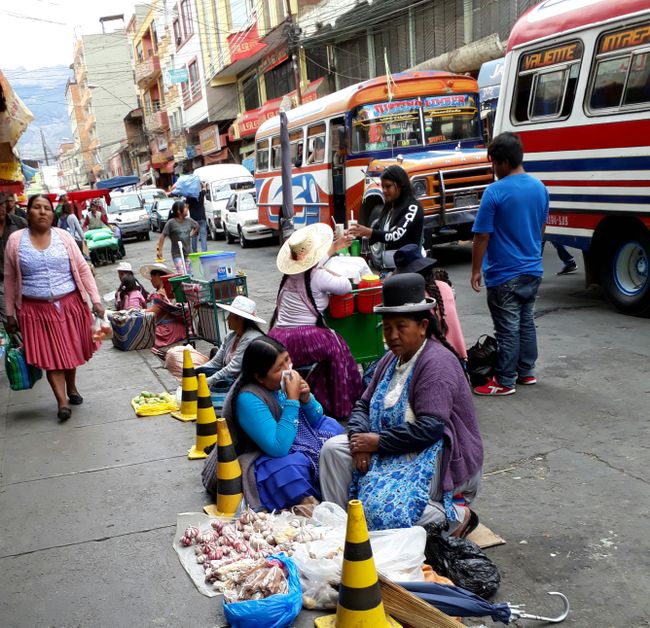
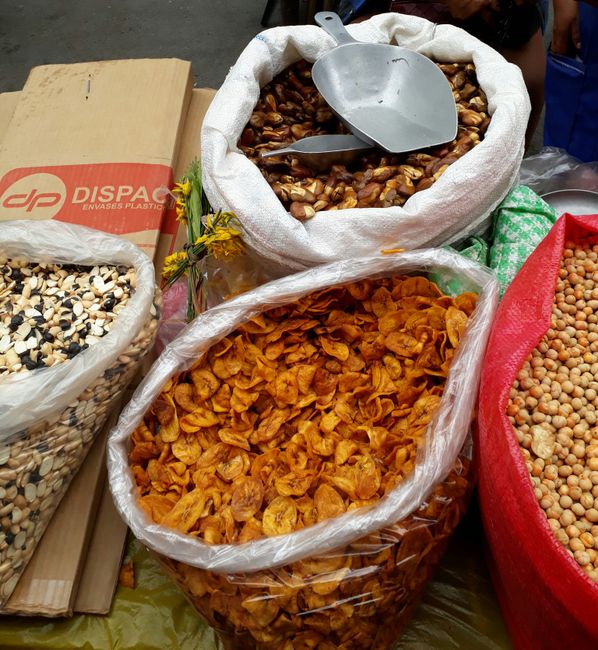
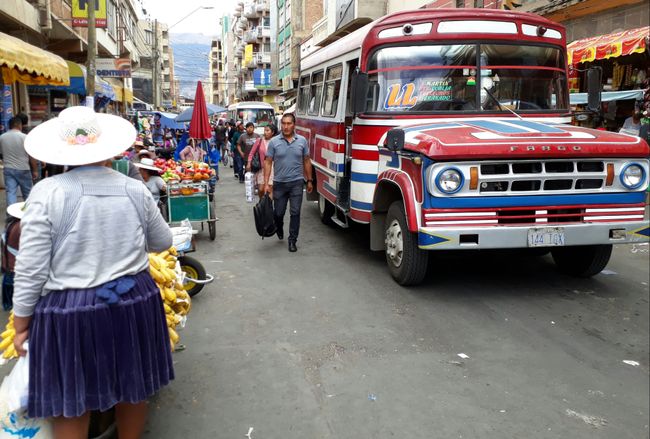
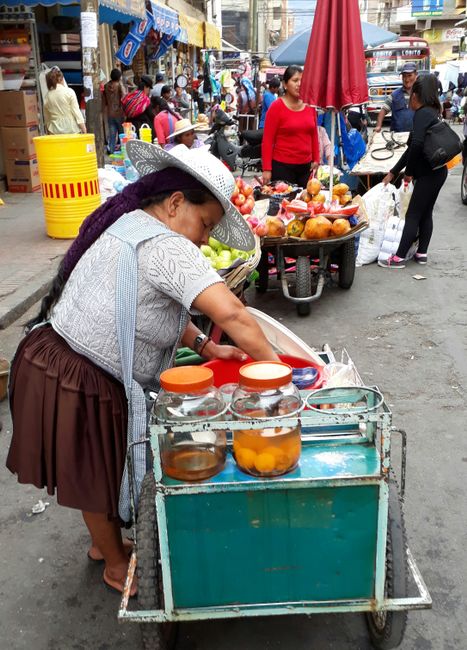
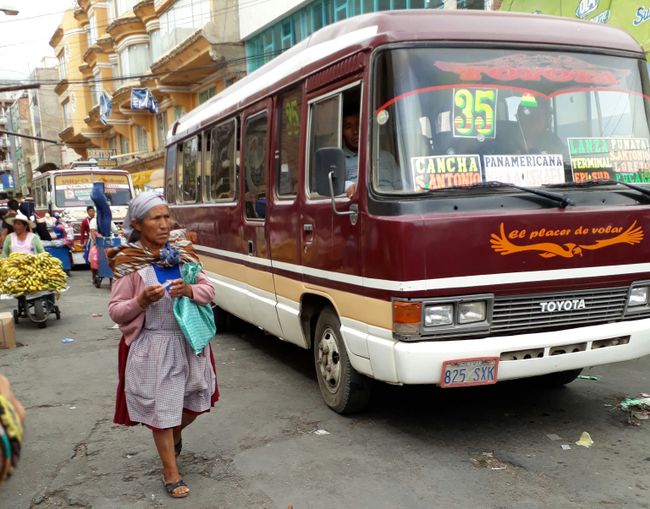
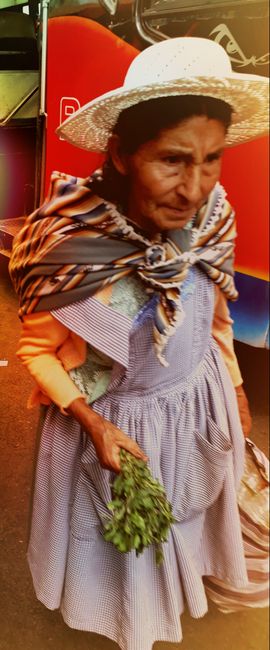
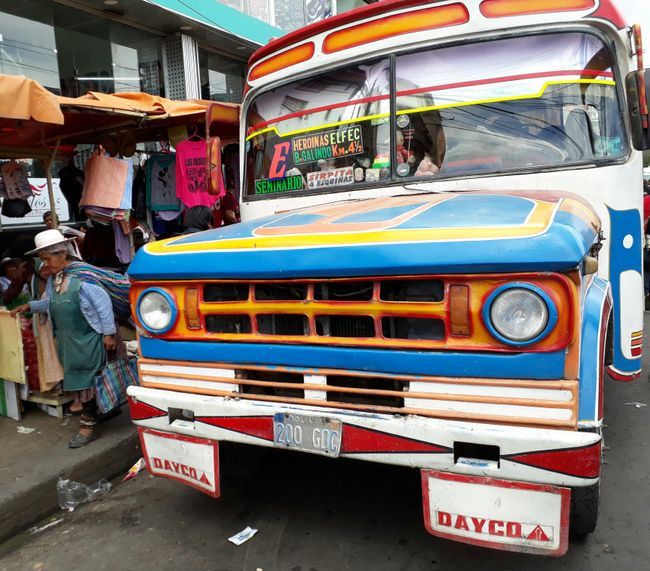
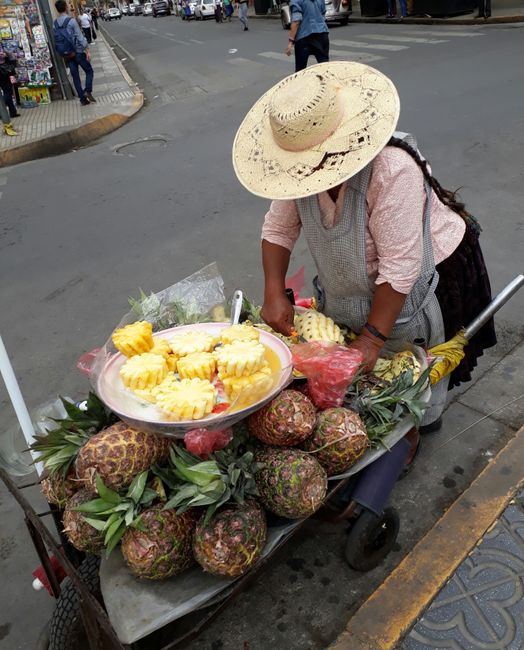
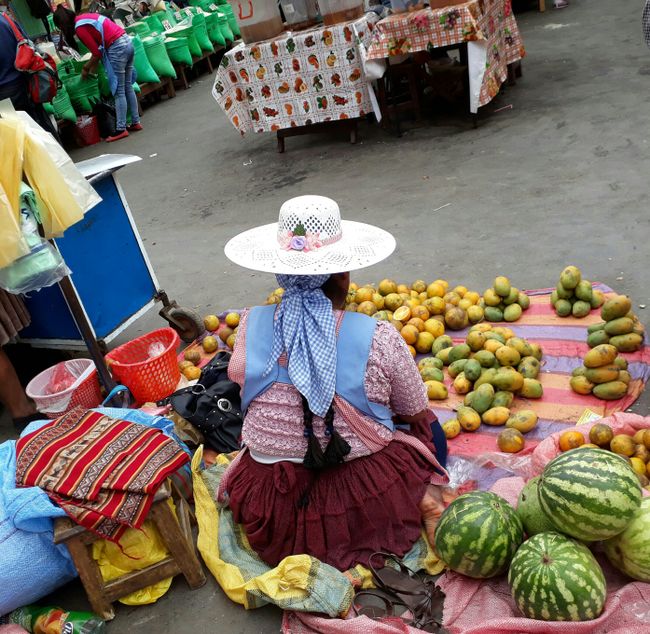
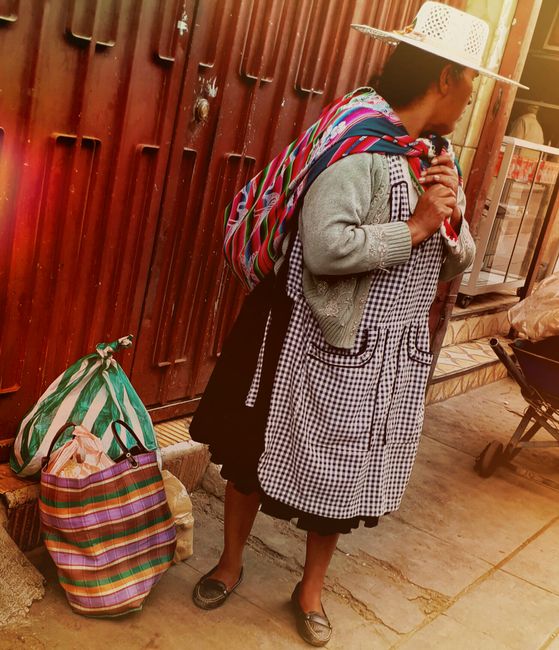
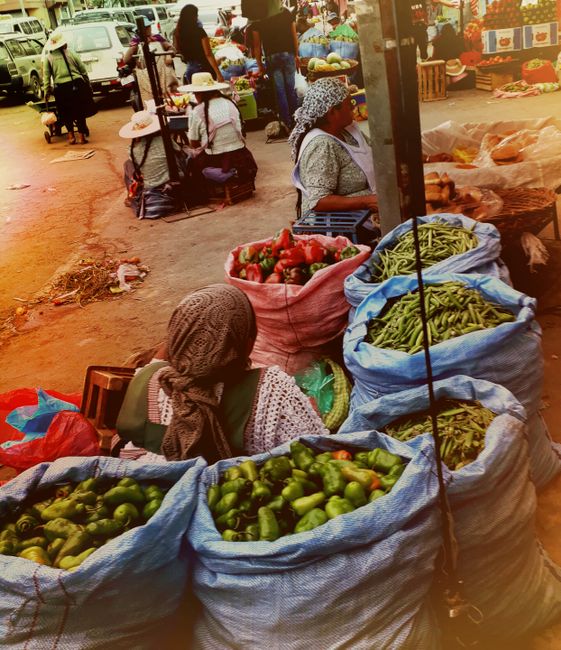
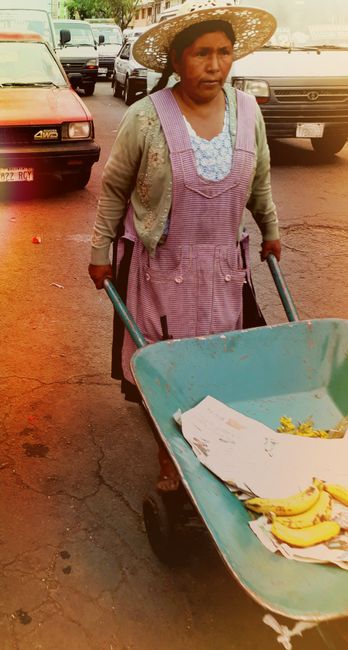
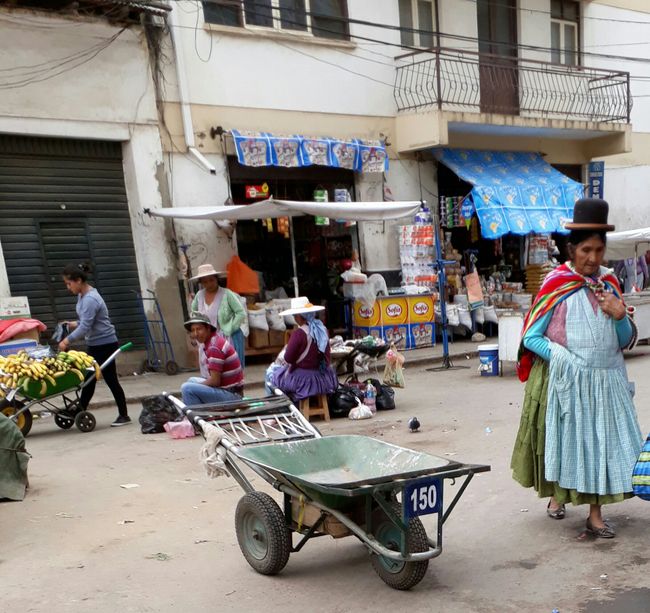
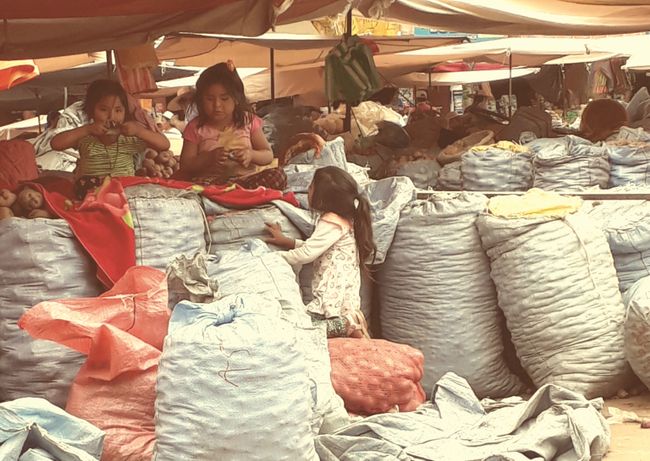
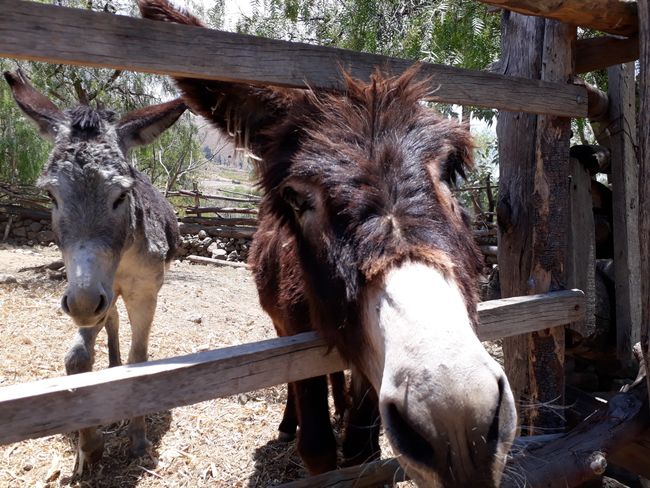
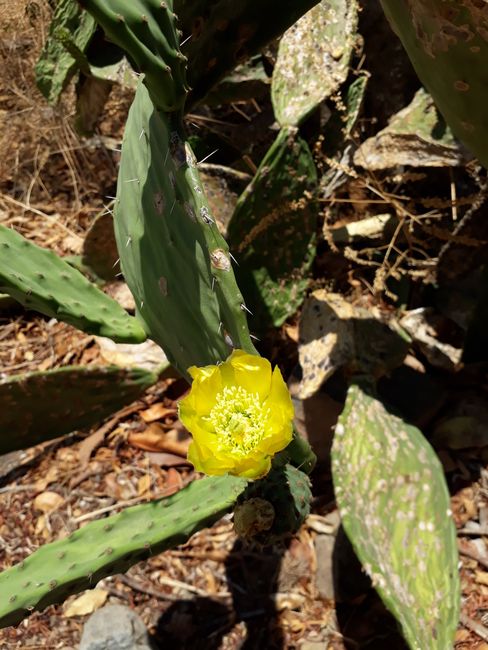
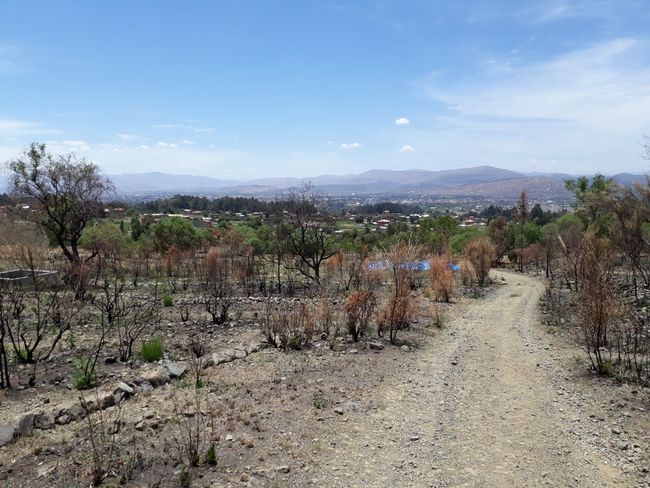
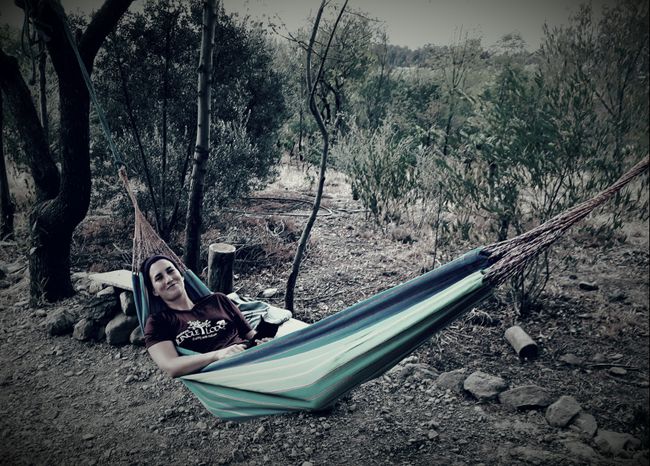
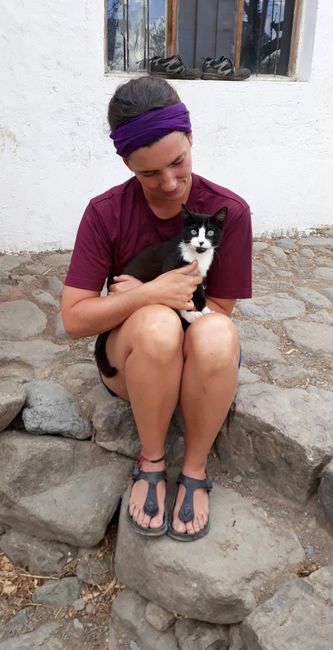
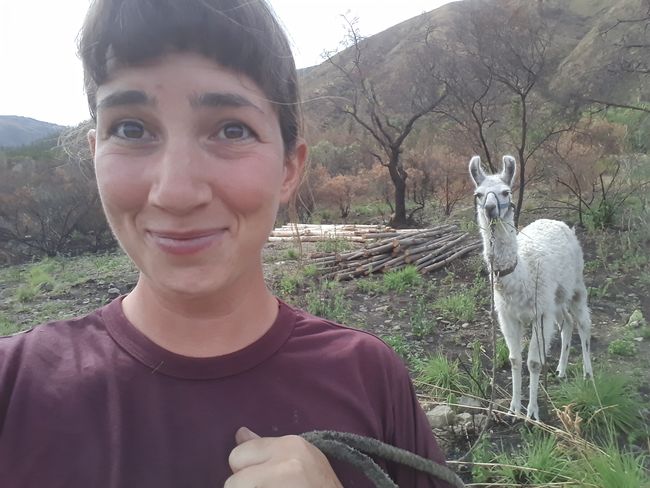
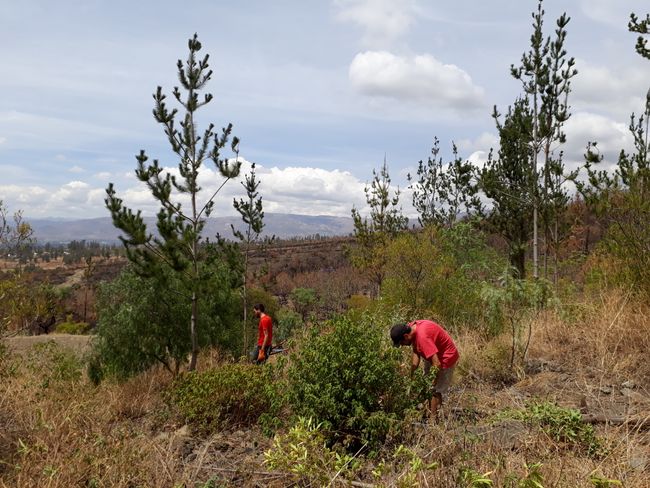
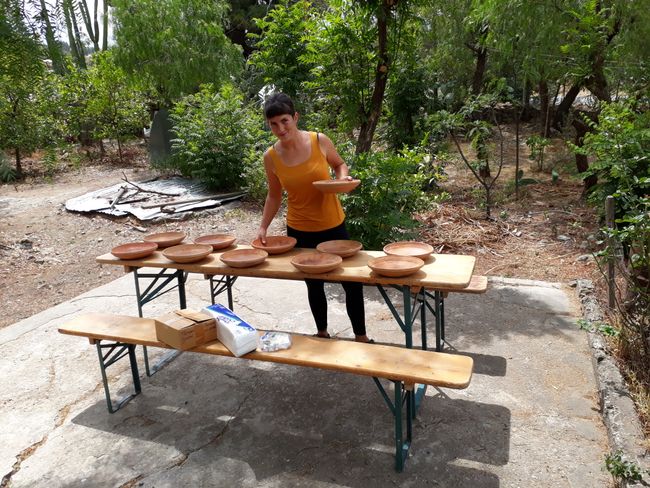
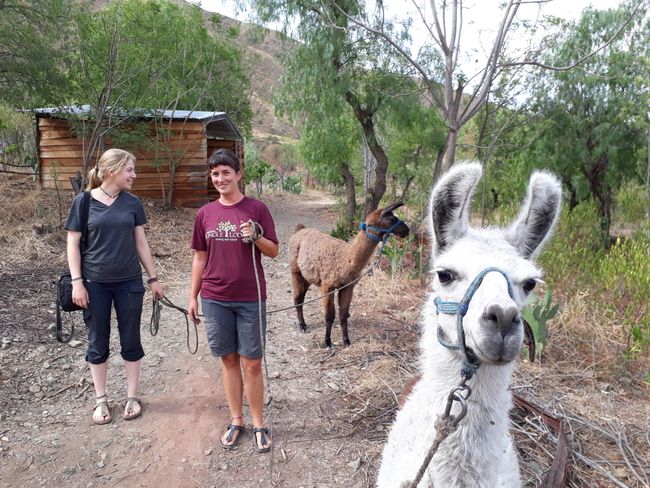
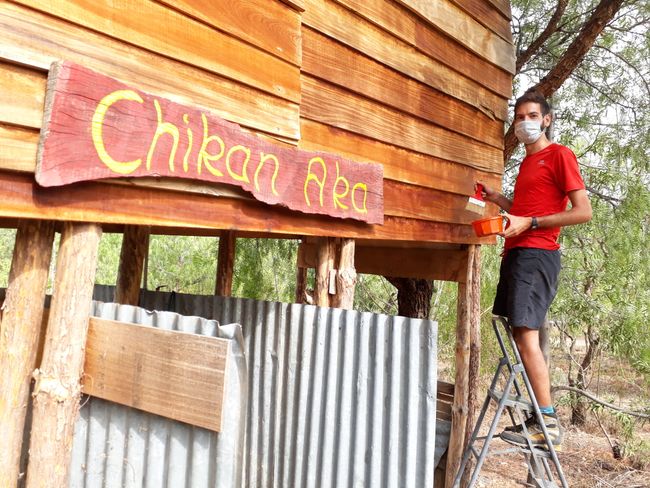
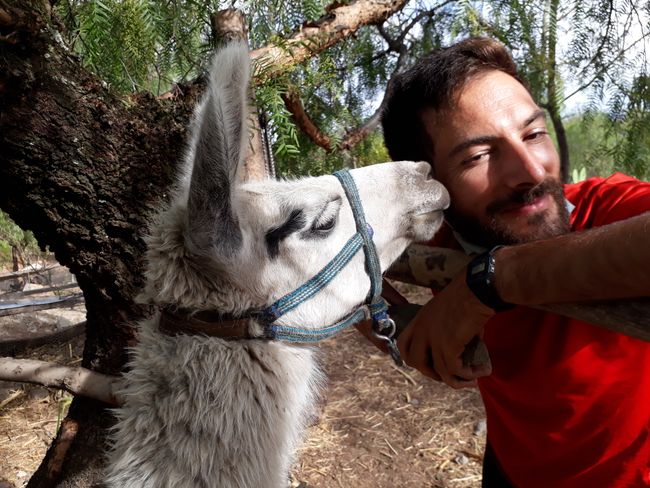
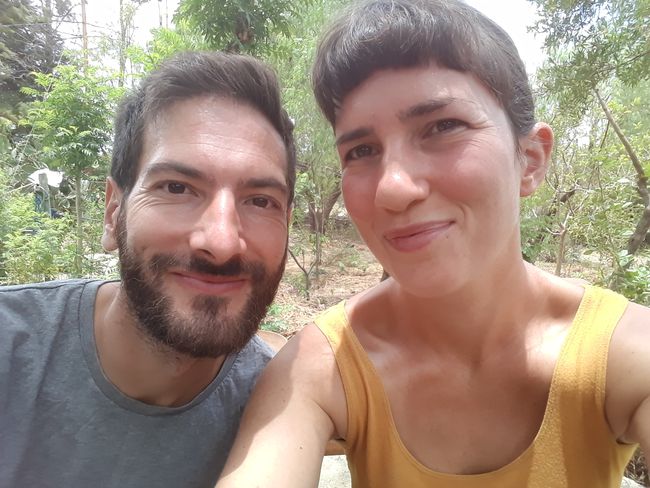
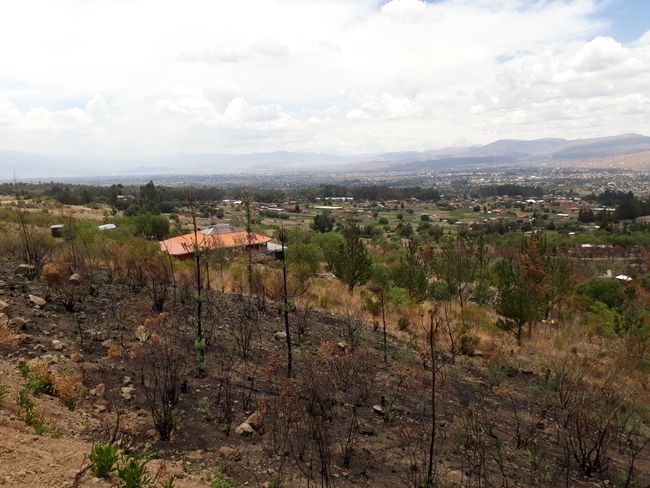
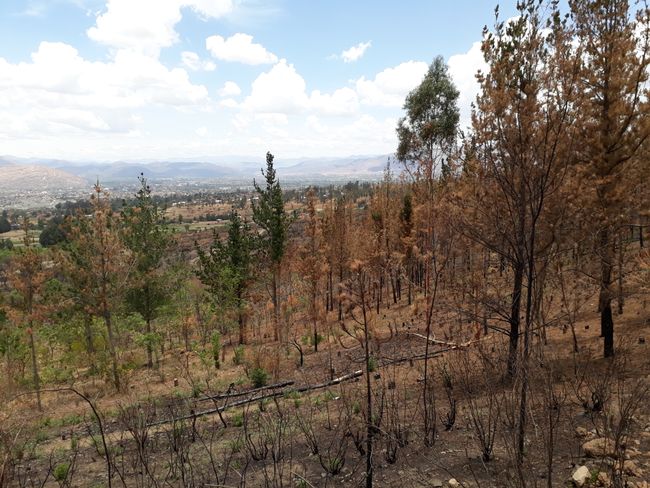
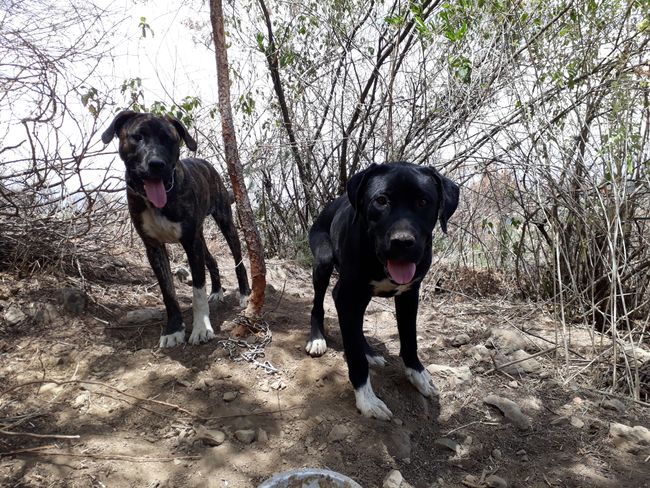
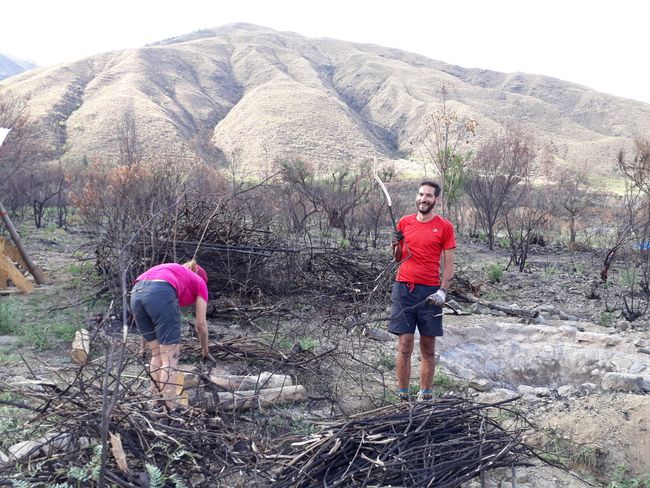
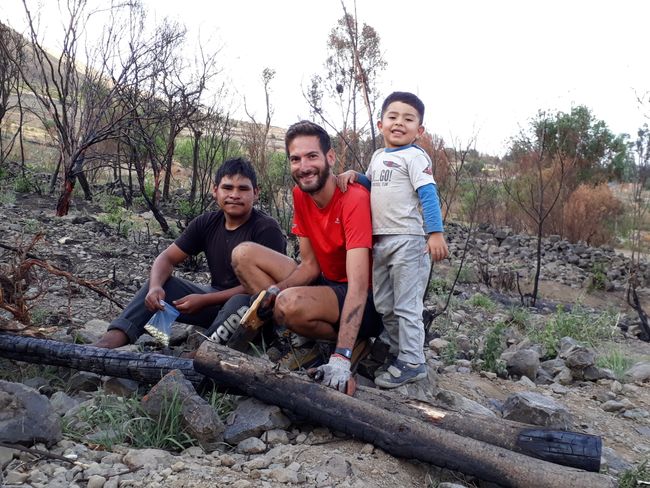
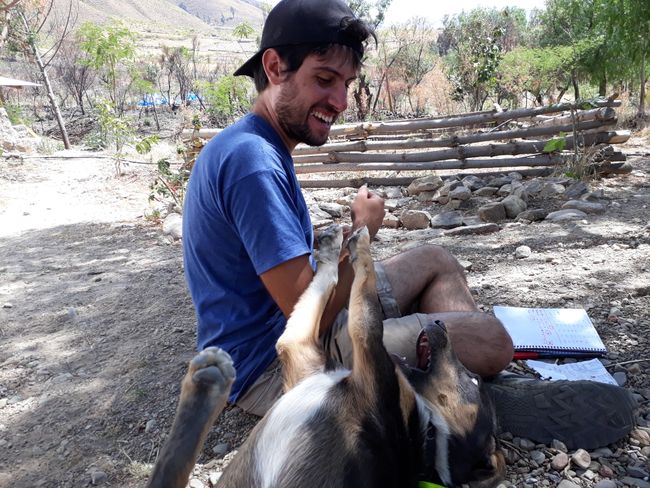
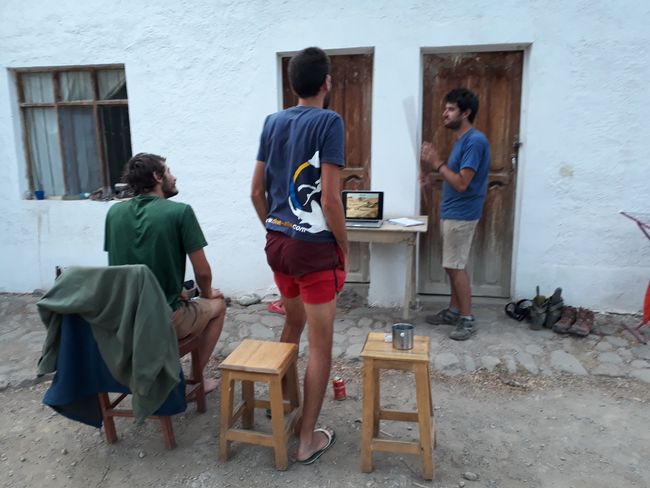
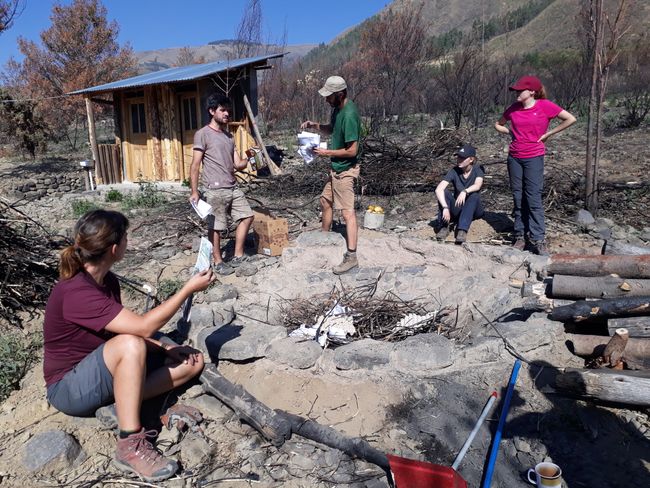
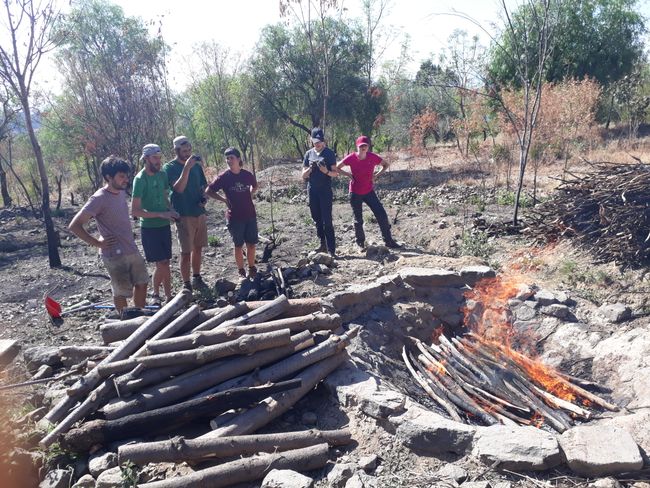
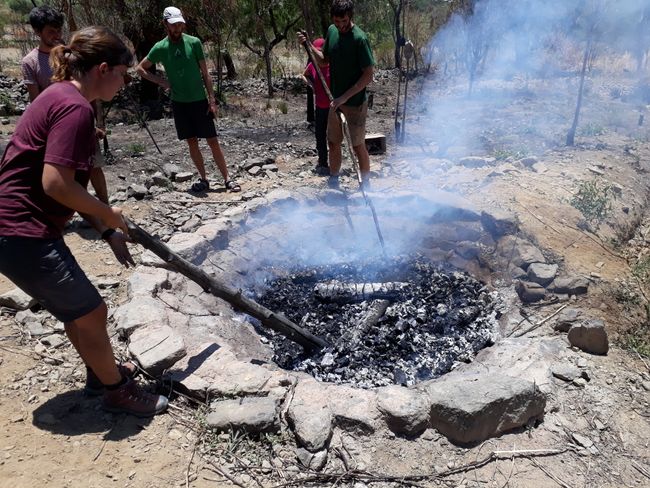
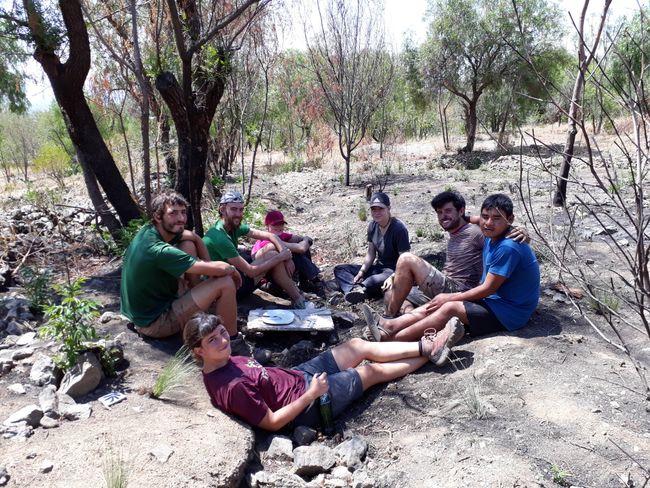
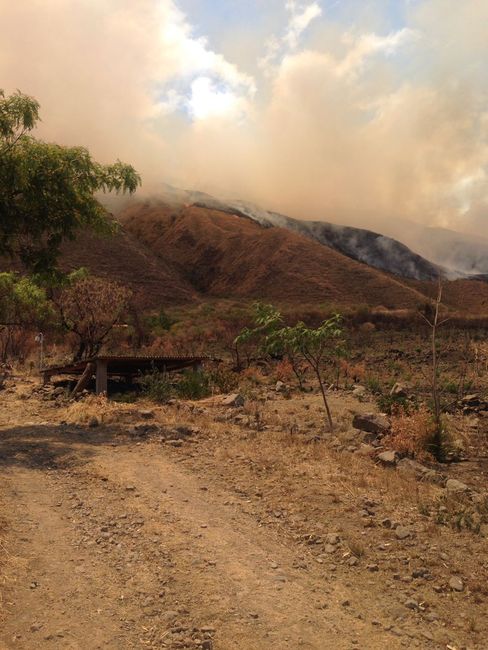
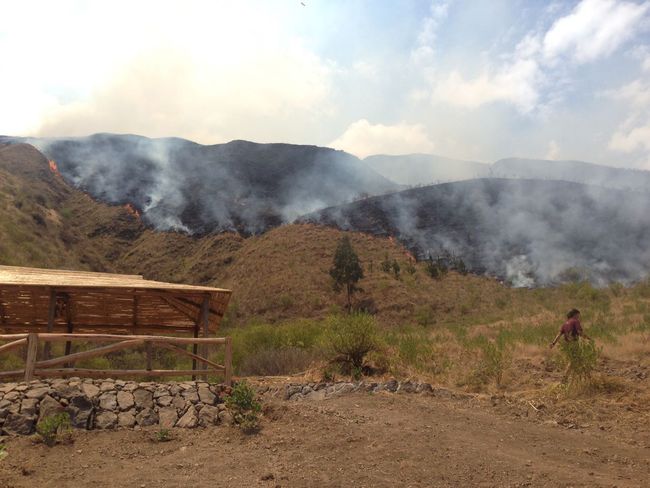
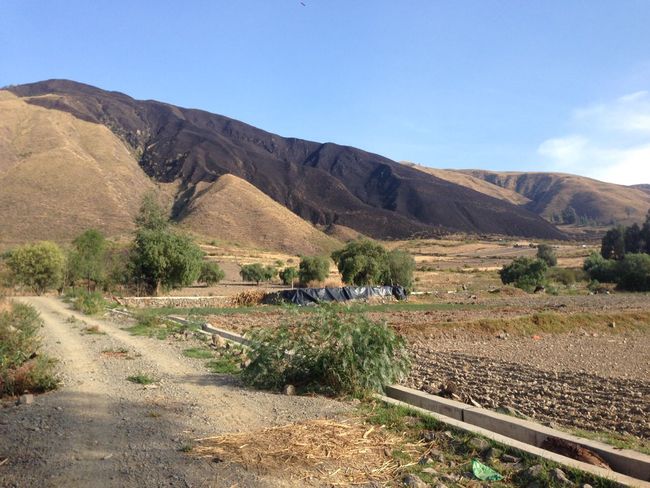
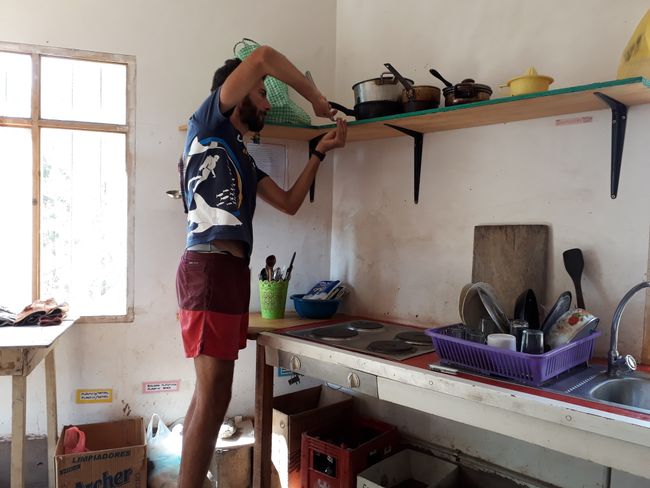
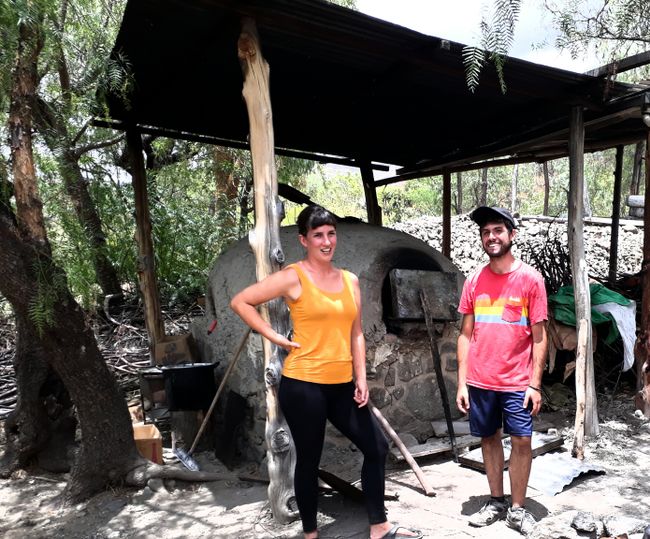
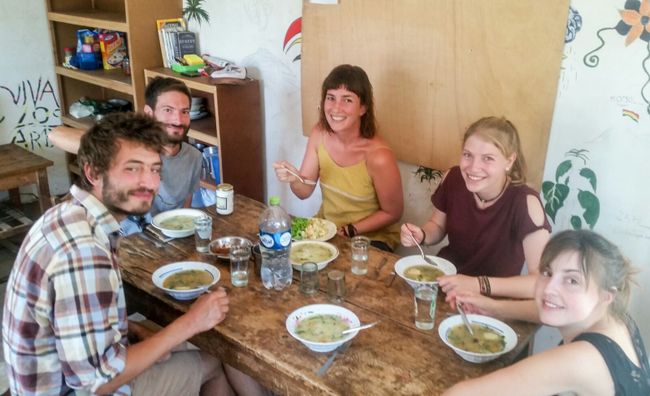
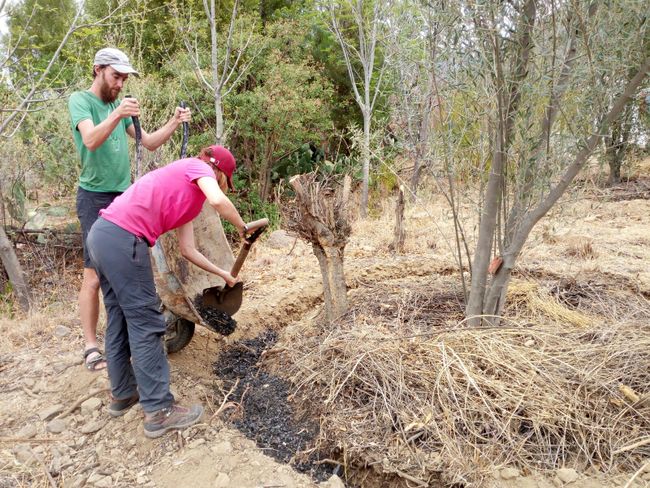
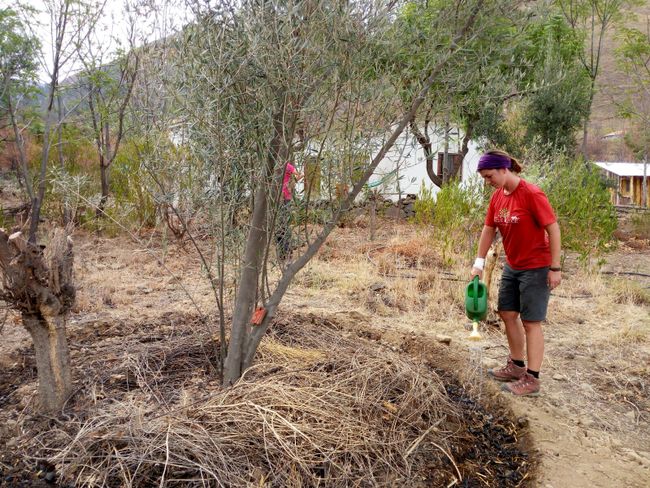
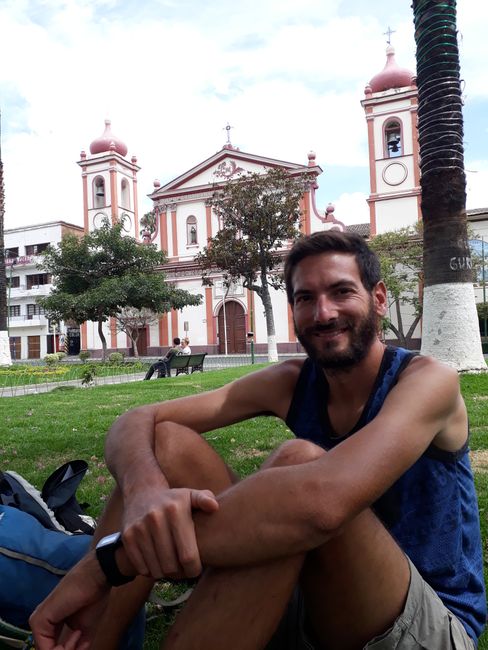
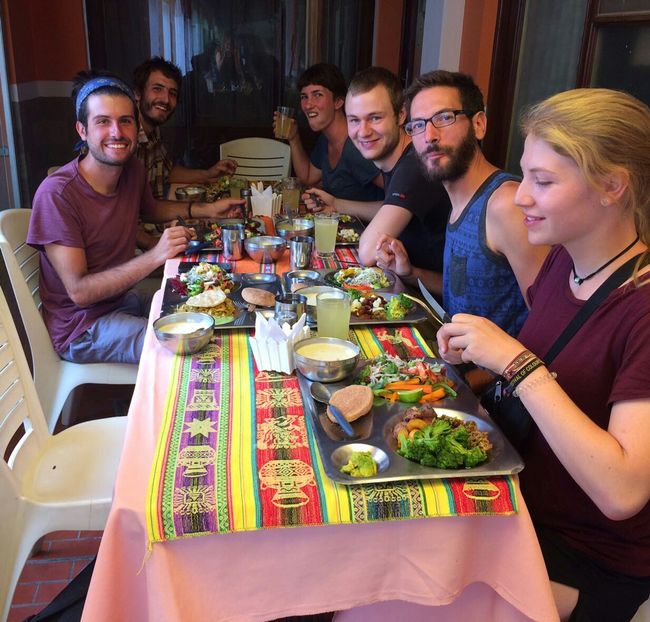
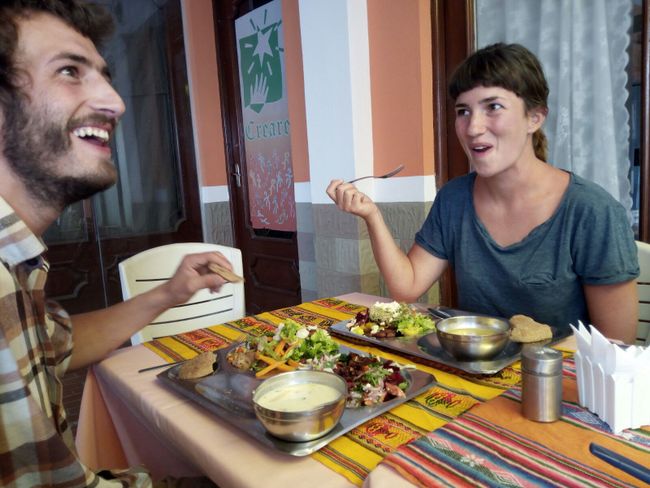
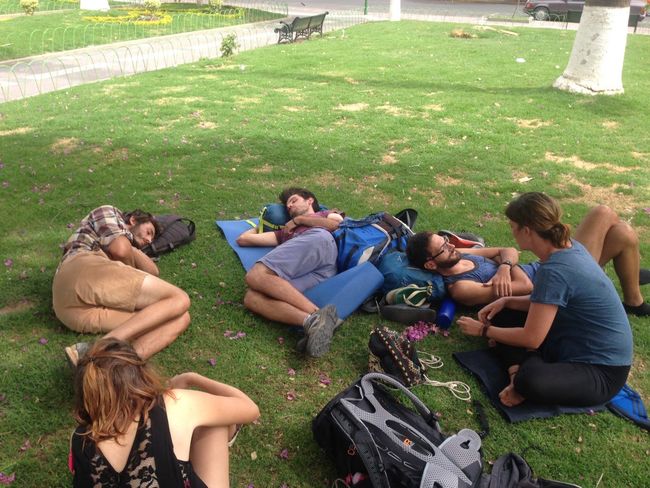
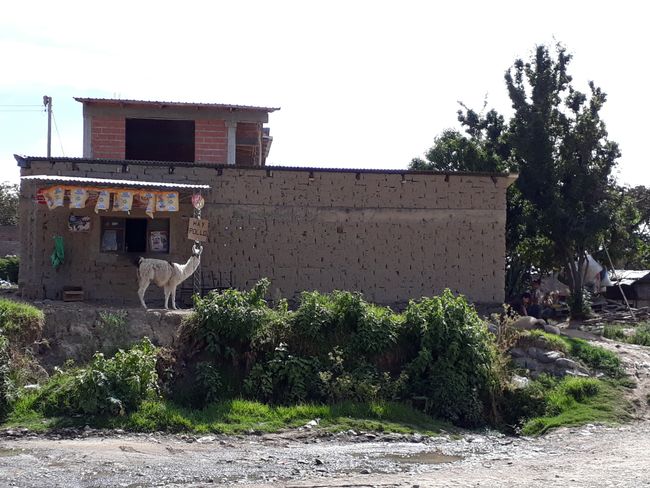
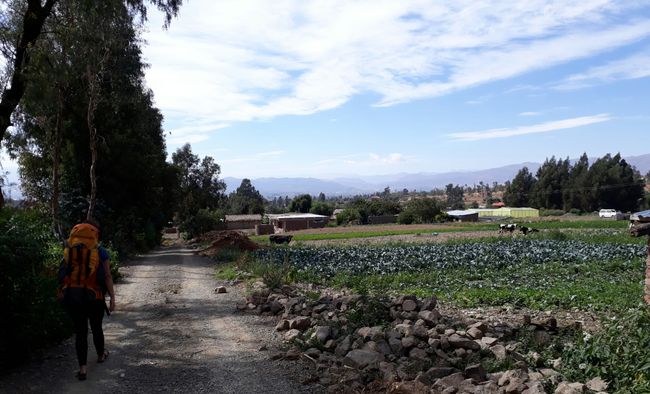
אַבאָנירן צו נעווסלעטטער
From Corumba we cross the Brazilian-Bolivian border and wait on the Bolivian side for our train, which takes us from Puerto Quijarro to Santa Cruz de la Sierra. The train moves at a snail's pace and chugs through tropical Bolivia, through forests and some small villages, where many vendors board and offer food and drinks. We hoped for more legroom and comfort on the train journey compared to bus travel...in principle, this would have been possible if it weren't for the deafening movies and music that made it impossible to sleep 😣 After a short night, about 650 km and 17 hours train ride, we finally arrive in Santa Cruz de la Sierra.
Santa Cruz is the largest city in Bolivia, where Spanish and Guaraní are spoken. There are a few nice places, 2 good vegetarian restaurants, and we visit the market again, where we get to know Somo, a refreshment drink made from corn, and Mocochinchi, a very typical drink made from dried peaches. Bolivia is very cheap, which is especially noticeable compared to Brazil, where the price level is almost Western European. Despite everything, Santa Cruz will probably not leave a lasting impression on us, it is mainly big, chaotic, and dirty, and after a few days, we continue to Cochabamba.
Cochabamba is also a relatively large city, but from our point of view, it is much more sympathetic than Santa Cruz. There is not much to see, but we especially like the street art and the huge market, where much Quechua is murmured and the women in their traditional clothing sell all sorts of things. And here too, we eat excellently in vegetarian restaurants 😊
From Cochabamba, we take a trufi (small bus) to Quillacollo and from there a second trufi to Combuyo, where we will help in the Mollesnejta project for 2 weeks. Molle is the name of a native tree and nejta means place in Quechua, so Mollesnejta roughly means 'the place where Molle grows'. The agroforestry project was founded by a German who has been living in Bolivia for over 30 years. She is a studied and passionate agroforestry expert who found her place to experiment here. She works a lot at the university, gives courses, etc... In short and simple terms, this agroforestry system aims to recreate an ecosystem as naturally as possible in order to make or maintain the soil fertile. Trees are combined according to certain guidelines, which involve different root depths and nutrients, the shade of the trees requires less water, which is very important in this very dry area...etc. One could say that agroforestry is the opposite of monoculture, where only one plant is grown and a lot of fertilizer and water are needed. Here on the property, almost nothing grew 20 years ago, the soil was depleted and very nutrient-poor, and today various fruit and native trees grow, which no one would have thought possible before. The tragedy is that in August 2017, a fire caused by a neighbor burned down 11 of the 16 hectares. It is very common here for everyone to burn their trash and whatever else, and these fires often get out of control due to wind and carelessness. August was particularly bad, and only 5 hectares of the green Mollesnejta remained, the remaining hectares consist of burned trees and burned earth. Many of the trees will hopefully regenerate in the rainy season starting from December, but still, years of work were simply destroyed in a short time.
What exactly are we doing here? We take care of the animals, there are 2 donkeys, 2 llamas, 6 dogs, various cats, chickens, guinea pigs, and rabbits (the last 3 are kept for human consumption), and we prune burned trees so that the new shoots have light and space, remove easily flammable plants like Chacatea as a fire protection measure, we plant Tunas (a cactus species from Mexico) which play an important role in agroforestry as they provide water and loosen the soil, we help a worker with building a wall, we make charcoal using a technique called Kon-Tiki, which is then mixed with dung and distributed as fertilizer around the trees in holes, we also organize a clay oven meal for a few Germans who come from a nearby hotel to us and get an agroforestry tour from Alex.
A Bolivian family lives on the property with their mentally handicapped son Pedro, Crecencia takes care of the kitchen and Demetrio is one of the 2 permanent workers at Mollesnejta. We get along very well with the other worker named Ananias, who is calm and probably the most modest and friendly person around, always curious and interested. An incredibly pleasant person. In the first week, we live together with two long-term volunteers, one German and one Spaniard. In the second week, 3 French people join the group, and in both constellations, we feel very comfortable. Especially with Alex, the Spaniard, we get along very well right from the start, he is an absolute enrichment in every way and grows very dear to us in the short time. We spend both weekends with him in Cochabamba and get to know the crazy Cochabamban night scene, both times fun and lively, we meet some Bolivians, end up at some private afterparties, and only return home when it's daylight. It has been a long time since we partied like this 🙄
The farewell was very difficult for me 🙁 I would have loved to stay longer, we met great people and experienced a lot in the 2 weeks. But the journey continues, and we still have much to see, so we are heading to La Paz now!
From Corumba we cross the border into Bolivia to the town of Puerto Quijarro. As we are a bit tired of bus trips, we decide to start our journey through Bolivia by train, thinking it will be more comfortable and we will be able to sleep better. Unfortunately, this was not the case as they first played loud music and then movies until very late 😒 After about 650 km and 17 hours by train, we finally arrive at our destination Santa Cruz de la Sierra, the largest city in the country. The city has a couple of nice places and also some pretty good vegetarian restaurants, but it doesn't really seem like a very special city to us, so after a few nights, we decided to go to our next destination: Cochabamba.
Once at the bus terminal to take the bus to Cochabamba, which we had bought the day before, they put us on a bus that is not at all what we had bought since it was much less comfortable than promised. Also, there were people on the bus waiting for two hours for it to leave, so there was already a mutiny-like atmosphere on board. But well, as we were told later, it is quite normal to deceive people 😉
Cochabamba is also a big city but with more charm than Santa Cruz. It is in a much more rural setting, so it is easier to hear Quechua on the streets and observe traditional costumes. We particularly liked the market where it is possible to see and taste a variety of Bolivian products such as Mocochinchi, a delicious peach drink, and Somo, a corn refreshment.
After three days in the city, we head to the town of Combuyo, right next door, where we will do volunteer work. The place of the project is called Mollesnejta and is run by a German woman who has been living in Bolivia for many years. She is an agroforestry expert and gives lectures and classes at the university, and this place is like her personal laboratory. Agroforestry, as I have learned in these few days, aims to create a sustainable ecosystem in which different wild tree species coexist with fruit trees or gardens, which allows for a slower depletion of the soil and water resources. Let's say it is the complete opposite of monoculture. For example, in this part of Bolivia, due to the poverty of the soil and the lack of water and the heat, it is unthinkable for the local farmers to produce apples, but by applying agroforestry, it was possible at Mollesnejta.
On the site, there is a family that helps with the daily tasks. There is also another worker called Ananias who instantly won our hearts with his humility and kindness. As volunteers, we spend the first week with a super nice Galician guy with whom we get along great and another German girl. In the second week, 3 French guys join the group. Among our tasks are taking care of animals (llamas, donkeys, dogs, cats, chickens, and guinea pigs), pruning and cutting burned trees, as they suffered a big fire in August due to a neighbor burning garbage, planting prickly pears to loosen the soil, piling and cutting firewood to make charcoal, which is used here as fertilizer by mixing it with waste, etc. But one of the unforeseen tasks was helping to extinguish a new fire that was heading towards Mollesnejta. That was one of the hardest experiences of this trip, seeing how a whole forest burns because the neighbor decides to burn chicken feathers with a blowtorch, well.
In those two weeks, as we formed a very nice group with the rest of the volunteers, we felt encouraged to go out on the weekend and enjoy the Cochabamba nightlife, which we really liked!
It was very sad to leave the place, but the journey continues, and we still have a lot to see, so we are now going to La Paz!!
אַבאָנירן צו נעווסלעטטער
ענטפער

רייזע ריפּאָרץ באָליוויאַ
